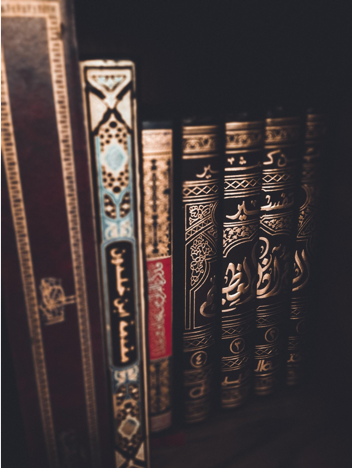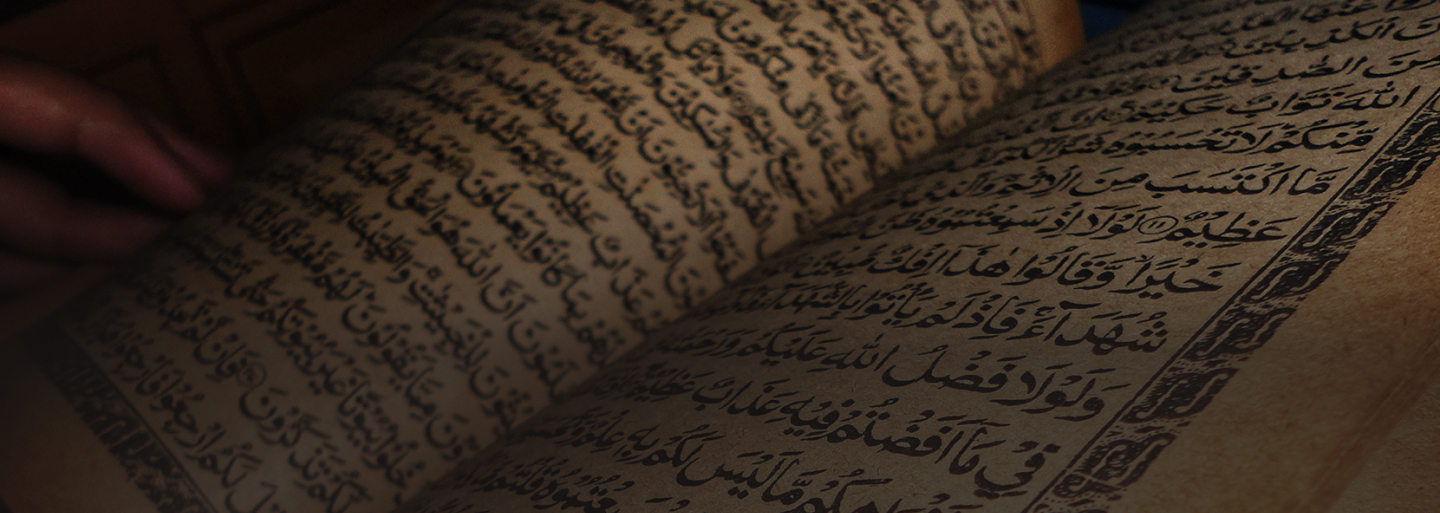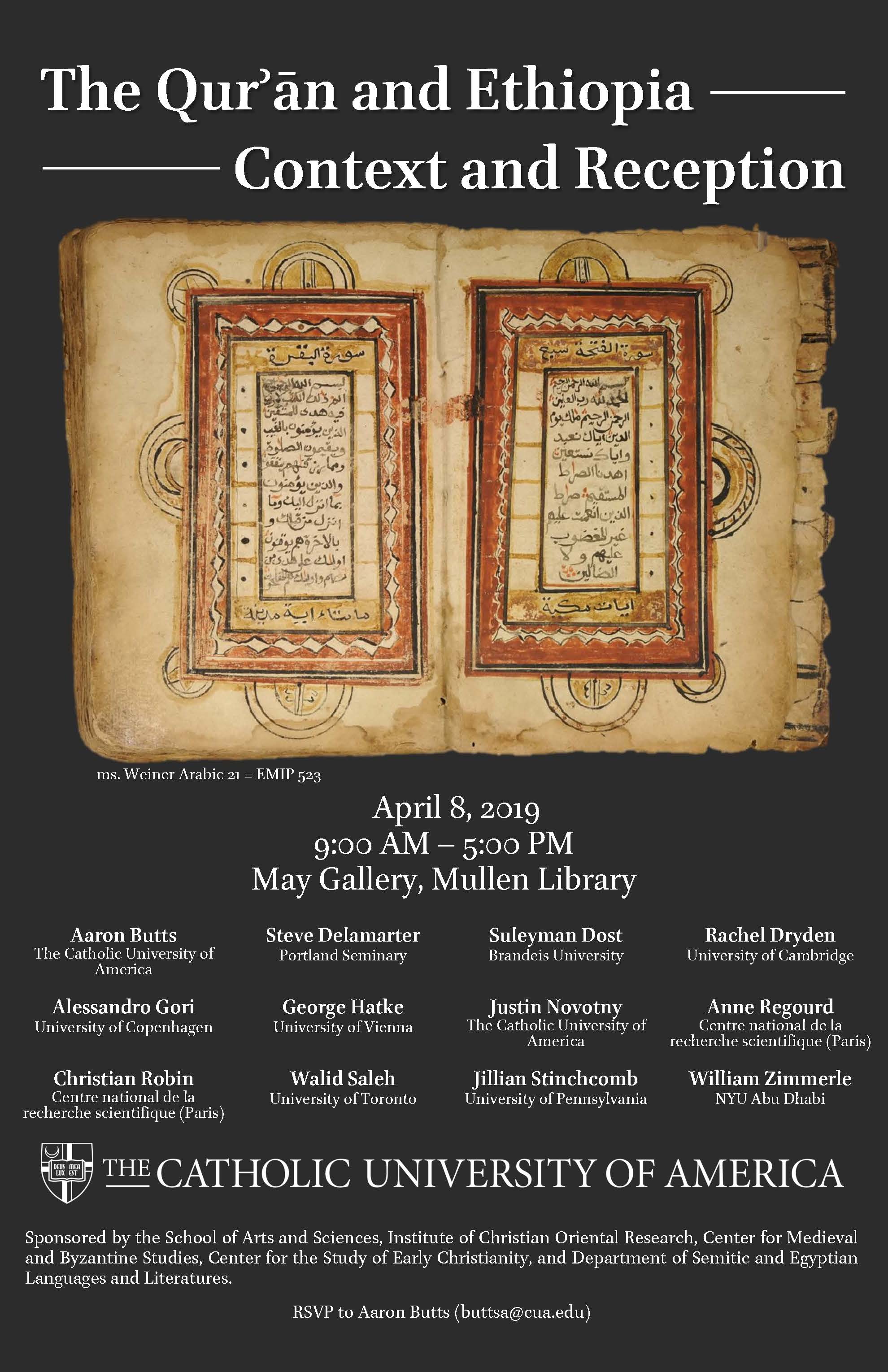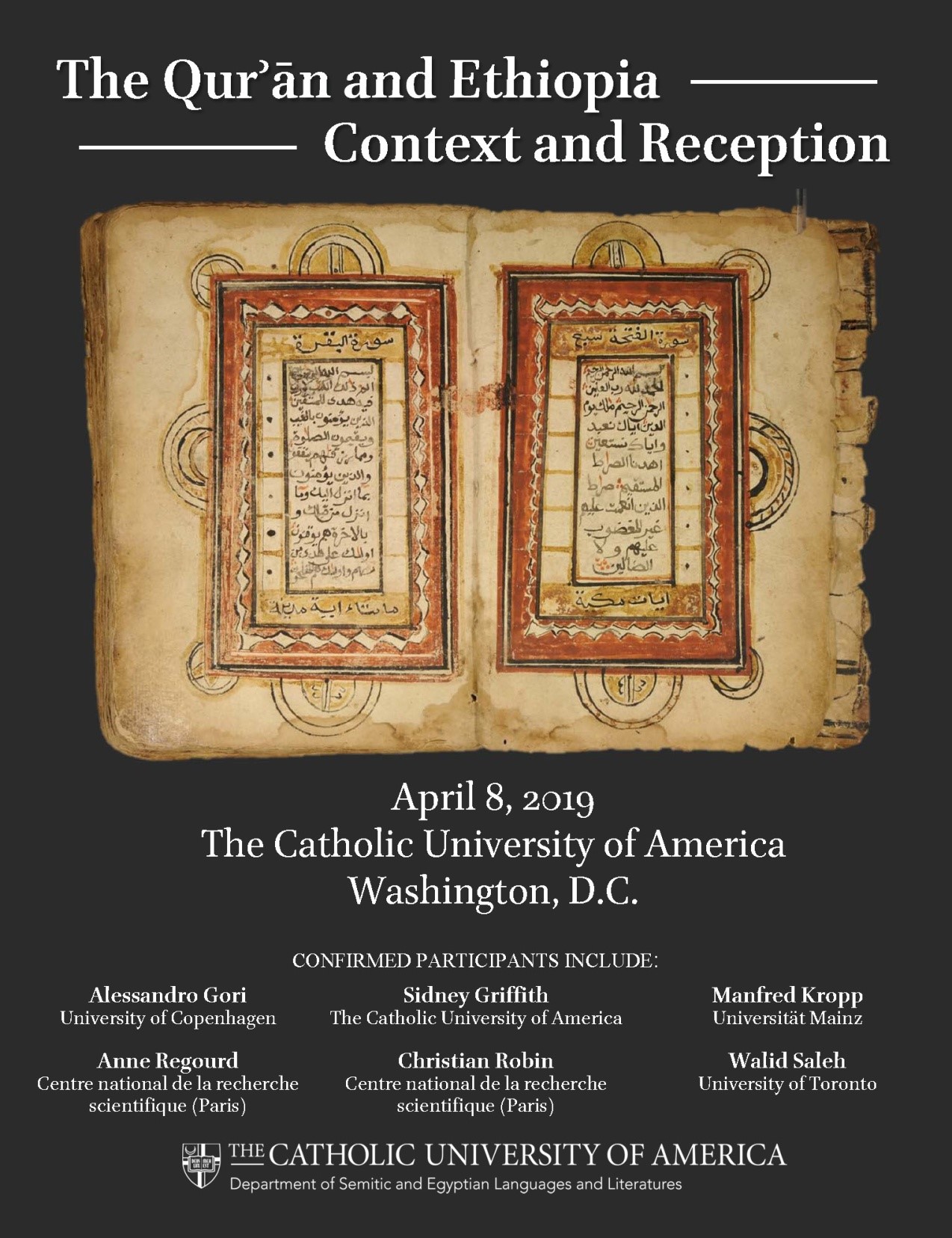A. Jamme’s Miscellanées d’ancient arabe
 For those interested in Arabic philology and pre-Islamic Arabia, a new online resource is now available.
For those interested in Arabic philology and pre-Islamic Arabia, a new online resource is now available.
The Institute of Christian Oriental Research (ICOR), in conjunction with the Department of Semitic and Egyptian Languages and Literatures, at The Catholic University of America is pleased to announce that digital copies of A. Jamme’s twenty-one volume Miscellanées d’ancient arabe have been made available here.
Thanks are due to Katie DeFonzo for overseeing the digitization.
ICOR is currently in the process of digitizing other items from The Père Albert Jamme, M.Afr. Collection. In addition, they aim to create a series of digital tools to facilitate access to this collection, beginning with an index of inscriptions cited in the Miscellanées d’ancient arabe.
The Père Albert Jamme, M.Afr. Collection in CUA’s Semitics/ICOR Library brings together in one place 55 years of work (ca. 1946-1999) by an eminent scholar of the languages and scripts of pre-Islamic Arabia.
Fr. Jamme (1916-2004) was a faculty member of CUA’s Department of Semitic and Egyptian Languages and Literatures between 1953 and 1997. He served as research epigrapher for important archeological expeditions to the Arabian peninsula.
The Jamme Collection is a large ‘integrated’ epigraphic library in which the evidence of inscribed stones, latex and paper squeezes or impressions, photographs, slides, rubbings, and line drawings of the inscriptions can be studied side by side with Fr. Jamme’s site maps, work notes and published studies, with the comparative lexical data of his Old South Arabian and Old North Arabian card indexes, and with his professional correspondence and research archives. Additional support is provided by his reference library of books and serials.
Content reproduced with the kind permission of the ICOR library.
© International Qur’anic Studies Association, 2019. All rights reserved.

 Justin began graduate school at the Catholic University of America in 2014. He earned his master’s in Medieval and Byzantine Studies in 2016 and is currently completing dissertation under the guidance of Lev Weitz. Justin’s dissertation examines narratives about Ethiopia within the Islamic literary tradition. While at CUA, he studied both Arabic and Syriac, and his broader research interests include Qur’anic Studies, Muslim–Christian relations, and Islamic history. Before coming to CUA, Justin completed a Masters of Liberal Arts at St. John’s College in Santa Fe, NM and taught high school history and English for three years.
Justin began graduate school at the Catholic University of America in 2014. He earned his master’s in Medieval and Byzantine Studies in 2016 and is currently completing dissertation under the guidance of Lev Weitz. Justin’s dissertation examines narratives about Ethiopia within the Islamic literary tradition. While at CUA, he studied both Arabic and Syriac, and his broader research interests include Qur’anic Studies, Muslim–Christian relations, and Islamic history. Before coming to CUA, Justin completed a Masters of Liberal Arts at St. John’s College in Santa Fe, NM and taught high school history and English for three years.
